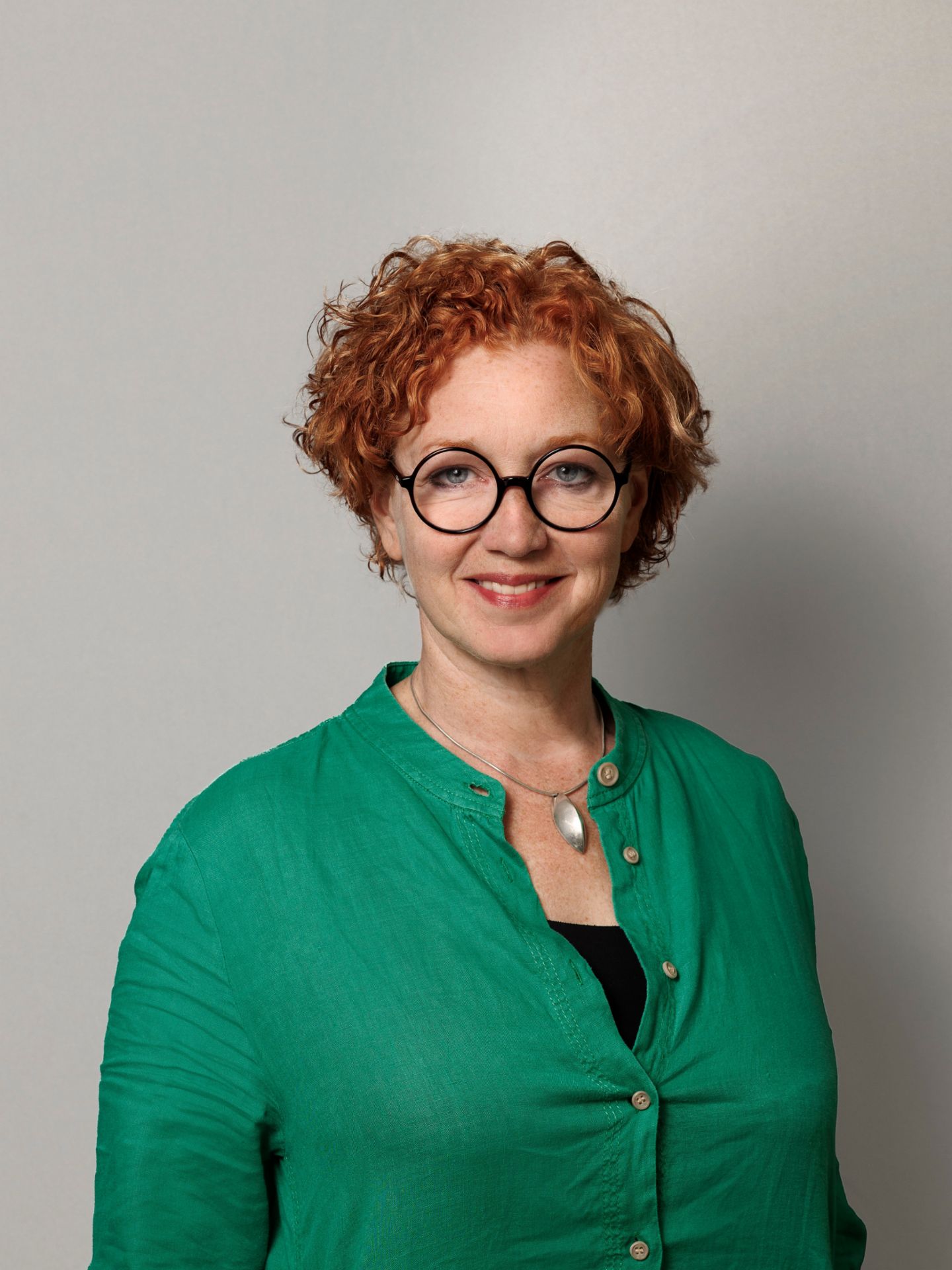As the CEO of Zenseact, you’ve been at the forefront of developing cutting-edge software for autonomous driving. Can you tell us about your background and your experience in the software industry, particularly regarding autonomous driving systems?
For the last three years, I’ve been CEO of Zenseact, a Volvo Car Group company responsible for developing autonomous and advanced driver support software. Prior to this, I was Chief Digital Officer at Volvo Cars, and before that I was responsible for the car software and electronics. Prior to joining Volvo Cars, I spent 20 years working in the telecoms industry developing advanced embedded software systems for telecommunications infrastructure. So, I have quite a long background in both software and automotive and I remain focused on both, applied in autonomous technology.
How do you approach your different tasks as CEO of Zenseact and as a member of TRATON’s Supervisory Board, where you must deal with such a range of stakeholders and different interests?
My day job at Zenseact is an operational one. In this position, I work together with my leadership team and run the operations of the organization. My role on the TRATON Supervisory Board is quite different in nature, especially as the German board structure emphasizes the supervisory element. Therefore, I’m not involved on the operations side at TRATON. I believe I was approached to join the board due to my automotive and tech knowledge, including products as well as digital business transformation. This background enables me to understand what questions to ask, and what opportunities and risks may arise.
“In general, when considering autonomous driving, I think we’ve gone from over-optimism several years ago, to some big doubts, to now a more realistic outlook. I think right now is quite an exciting time as we’re seeing a lot of the real use cases coming to life.”
Ödgärd Andersson member of the Supervisory Board
What are your expectations for the transportation industry as it transitions to autonomous trucks? Where would you like to see the development of autonomous driving in the industry in the next five to ten years?
In general, when considering autonomous driving, I think we’ve gone from over-optimism several years ago, to some big doubts, to now a more realistic outlook. I think right now is quite an exciting time as we’re seeing a lot of the real use cases coming to life. What’s special about the trucking industry, in contrast to passenger cars I normally work with, is that the use cases can be more contained and therefore easier to deploy in steps. With passenger cars, you can also address it in phases, but you must operate in live public traffic scenarios. For autonomous trucks, you can make the entry point easier by starting in areas where you have a more contained environment like industrial applications with fenced in areas such as industrial spaces, harbors and mines, without pedestrians and cyclists, etc. A potential pitfall with this approach, however, is that you can end up selecting technology that cannot scale beyond those early use cases. There needs to be an evolutionary path to cover more and more types of traffic.
The business case for automation in trucks is quite interesting because truck drivers are both a scarce resource and a cost. In terms of where I think it’s going; I absolutely feel we’re seeing breakthroughs in autonomous driving now. Drivers will still be around for a long time, but as an industry we have already started and I believe we will soon see even more deployments happening, growing from where we start on certain stretches of highways, and in certain contained areas at lower speeds into other operational domains.

TRATON is working together with the Volvo Group and Daimler Truck on the Milence joint venture to build EV infrastructure across Europe. How do you see the importance of strategic alliances such as these in the commercial vehicle sector?
Now, I think if you zoom out a little bit, this is a very interesting example. The whole industry is going through a rather drastic transformation where a few things are interacting, like electrification and growing software/digital content, with business models which can be much more continuous than they were traditionally. As you navigate through that, I think it’s important for all the players to select what they want to control that is strategic for the company versus things that just have to work or where collaborating brings significant advantages. In those cases, I think it makes all the sense in the world to collaborate, to gain scalability and share the costs, like the example of charging infrastructure. For matters where a competitive advantage is key, gaining control is more about optimizing for speed, as deployment is becoming much more continuous and faster.
TRATON has a diverse workforce, spanning various cultures and backgrounds. Considering your experience managing diverse teams, how can the company foster an inclusive and collaborative environment within the organization?
Attracting the right talent is not an easy task. The entire shift, especially in the autonomous space, but also generally in the automotive sector, is moving towards new competencies. It is no longer enough with the traditional mechanical engineers and business builders, but you also need those with digital tech and business skills as well as AI and machine learning-based expertise.
If you want to attract the best talent, you must embrace an international workforce. But when you do, you also want them to feel like they’re making a difference and that people are listening to them. Otherwise, they won’t stay, and they won’t really be able to make the impact they otherwise might. I think this is really important, but also quite difficult, because we all carry around a lot of biases. We must be aware of this and question ourselves all the time. I’ve worked in various parts of the world and realized that with the same set of facts, people can come to quite different conclusions. If you have a global set of customers, it helps a lot to have a global workforce too, so you can draw from different perspectives to the facts you see in front of you.
“If you have a global set of customers, it helps a lot to have a global workforce too, so you can draw from different perspectives to the facts you see in front of you.”
Ödgärd Andersson member of the Supervisory Board
What excites you the most about joining the TRATON Supervisory Board, and what message would you like to convey to TRATON employees, shareholders, and customers about the company's future? What impulses can you give TRATON?
First of all, I’m honored and very excited to have joined the TRATON Supervisory Board. I think TRATON has a portfolio of really strong brands that have historically innovated by building technology to really fulfill customer expectations. Having such a strong reputation is a great starting point. When you’ve performed well in the past and built good products, you should be aware that there’s always a risk that when things start changing, it's difficult to adapt.
Looking into the future, I think the challenge for the Company will be to continue fostering those strong relations with the existing customer base and continue building great products while still being speedy in transforming. This challenge is not unique to TRATON; it’s a challenge for all successful organizations that have been around for many years, and if you master the balance it is a great opportunity.
In terms of impulses that I can give TRATON, I can draw on my experiences working in the transformational part of the automotive industry for many years. While passenger cars are, business-wise, quite different from trucks, a lot of the foundations are the same. So, hopefully I can contribute with insights that overlap.


